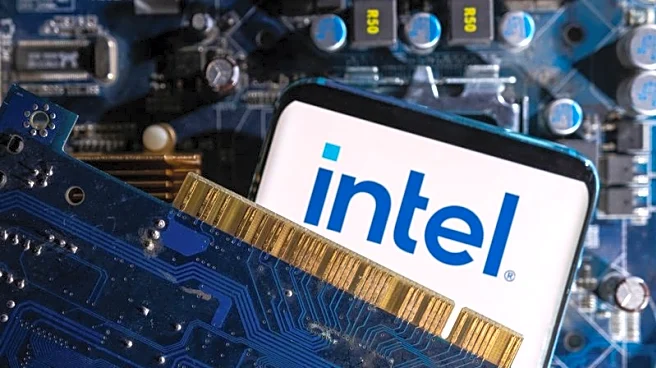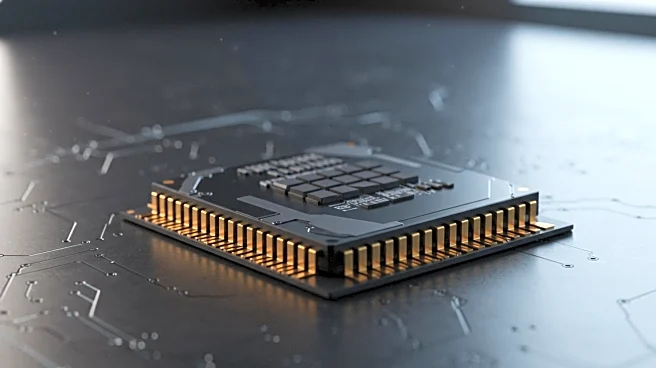Rapid Read • 7 min read
The US government has acquired a 10% stake in Intel, investing $8.9 billion as part of the CHIPS Act. This investment includes $5.7 billion in previously awarded grants and an additional $3.2 billion from the Secure Enclave program, which have been converted into equity. Announced by President Trump, this move aims to support the domestic semiconductor industry, which is facing challenges such as leadership changes and workforce reductions at Intel. The investment is passive but signifies the government's confidence in Intel's role in advancing national priorities and maintaining competitiveness in the semiconductor sector.
AD
This investment is crucial for the US semiconductor industry, which is a key component of national security and technological advancement. By acquiring a stake in Intel, the government is taking a proactive approach to ensure the stability and growth of a critical industry. This move could lead to increased innovation and production capacity within the US, reducing reliance on foreign semiconductor manufacturers. It also highlights the government's commitment to securing technological advancements and maintaining a competitive edge in the global market, which could have significant implications for economic growth and job creation in the tech sector.
The government's investment in Intel may prompt other tech companies to seek similar support, potentially leading to a broader strategy to bolster the US semiconductor industry. Stakeholders, including policymakers and industry leaders, will likely monitor the impact of this investment on Intel's performance and the overall market. Future decisions may involve additional funding or policy measures to further strengthen the domestic semiconductor supply chain.
AD
More Stories You Might Enjoy











